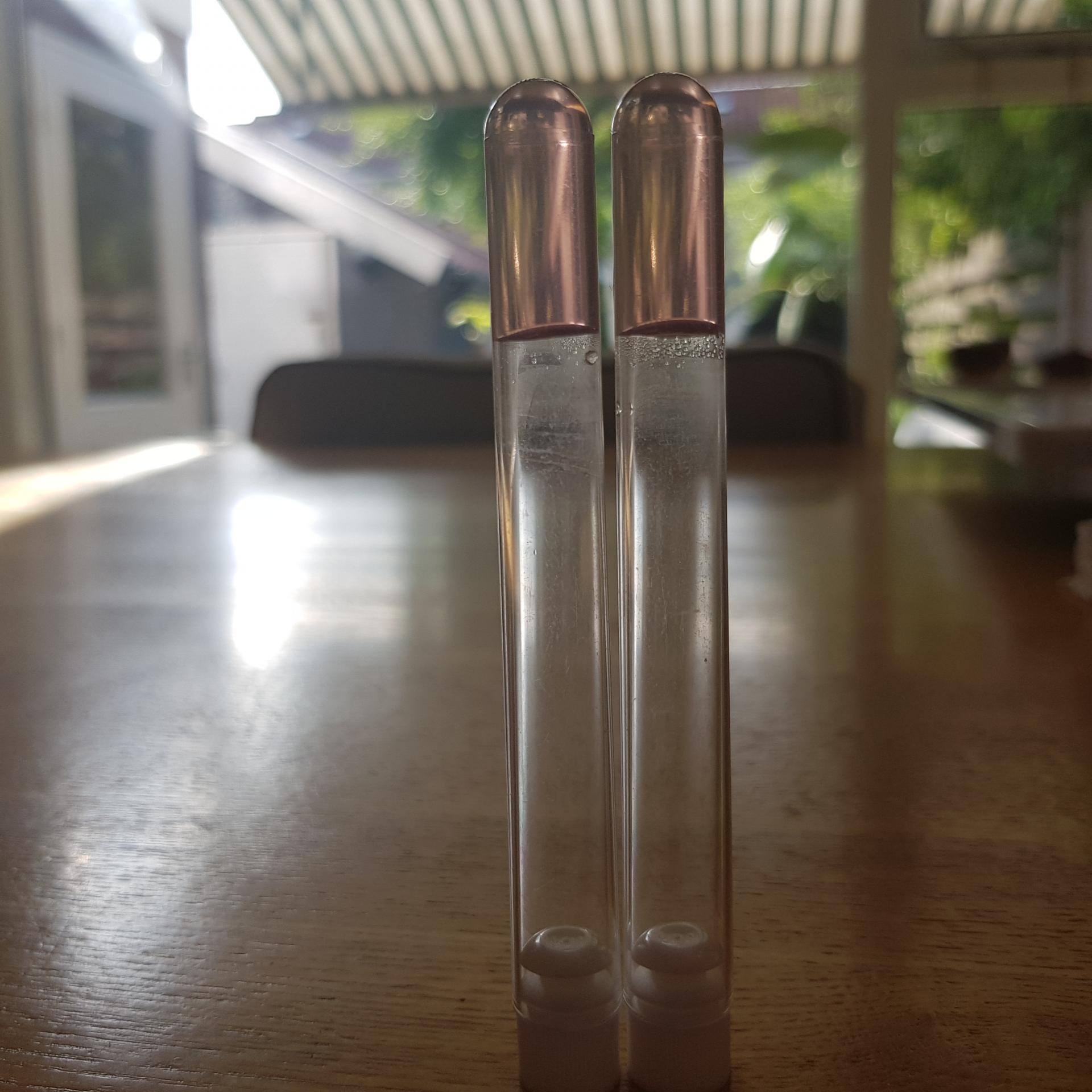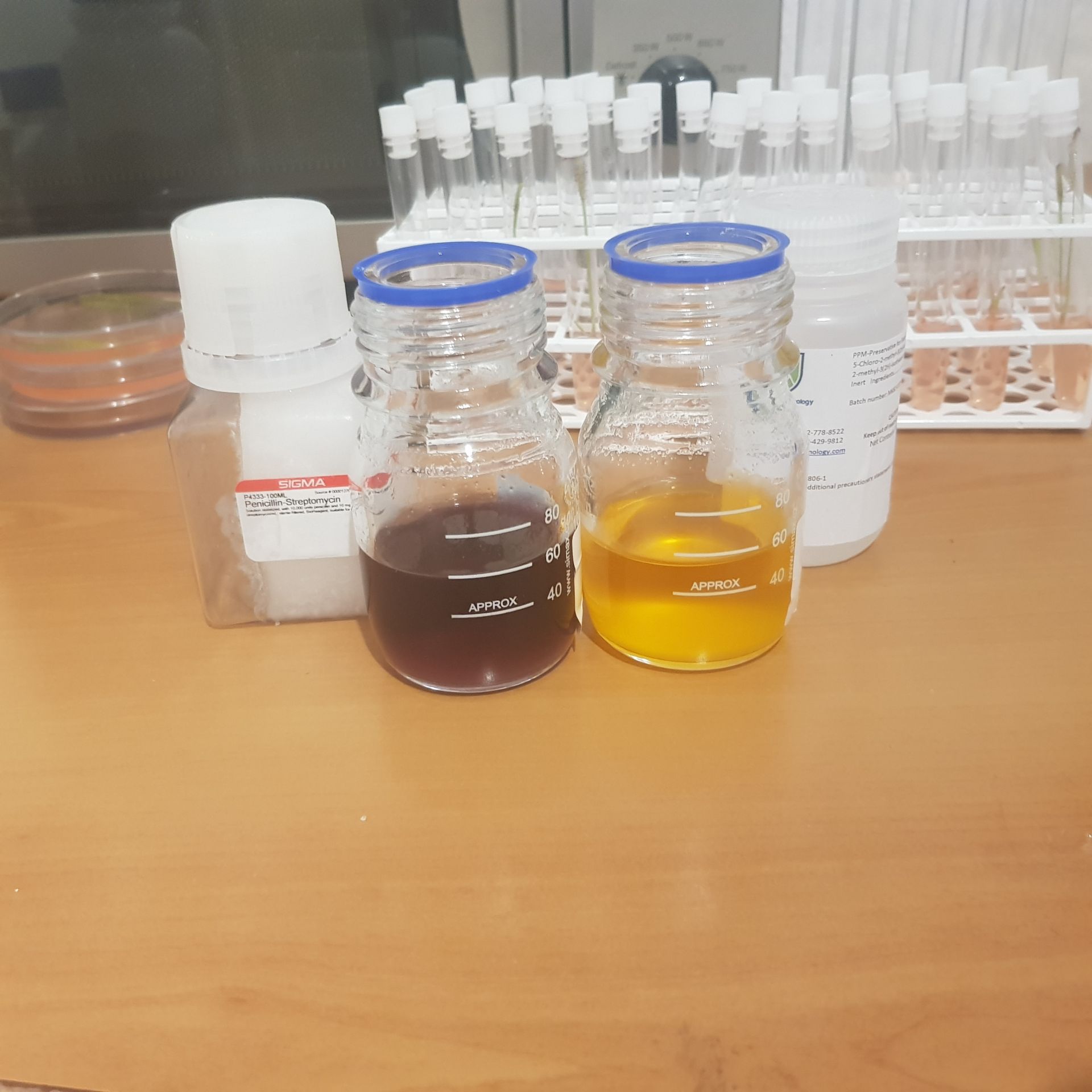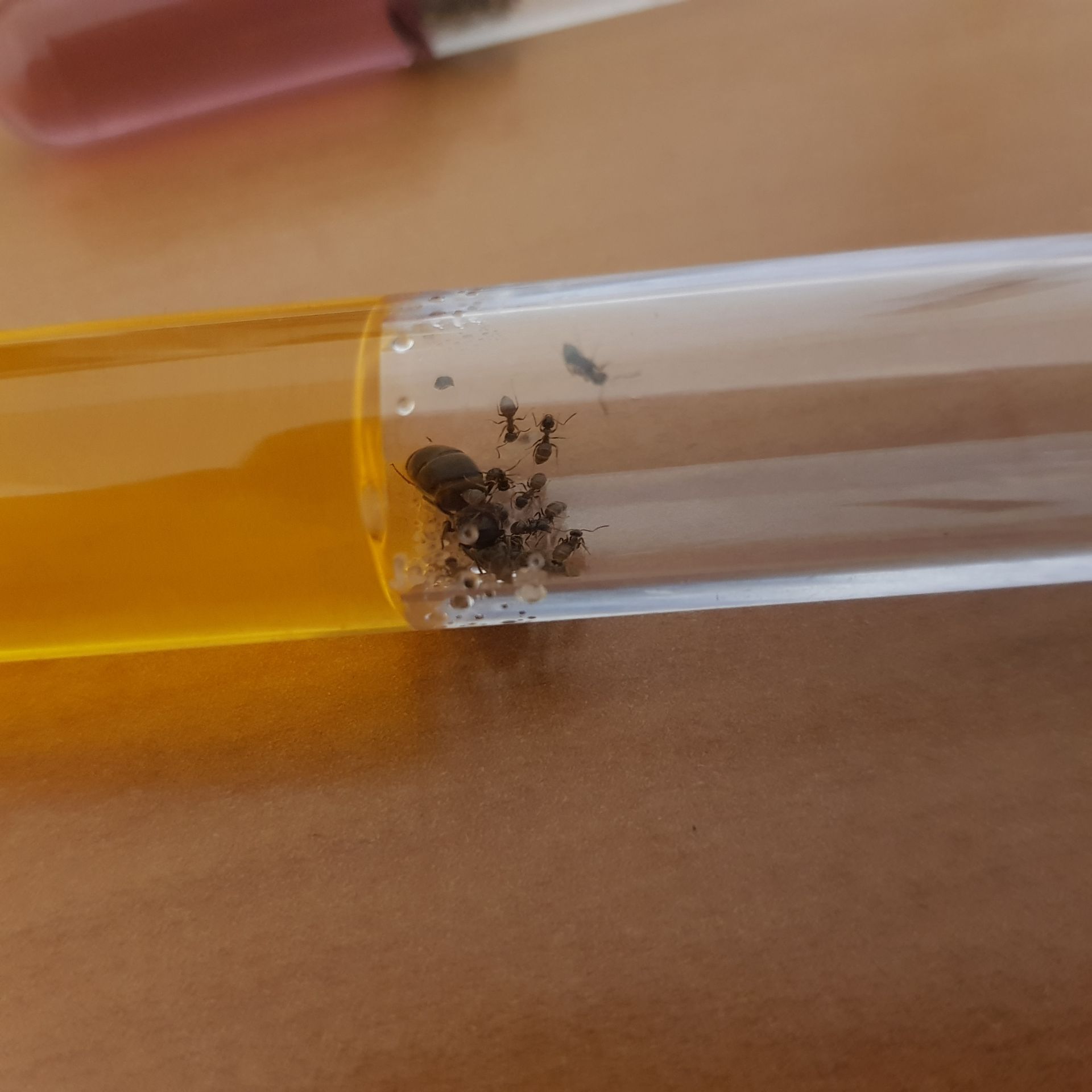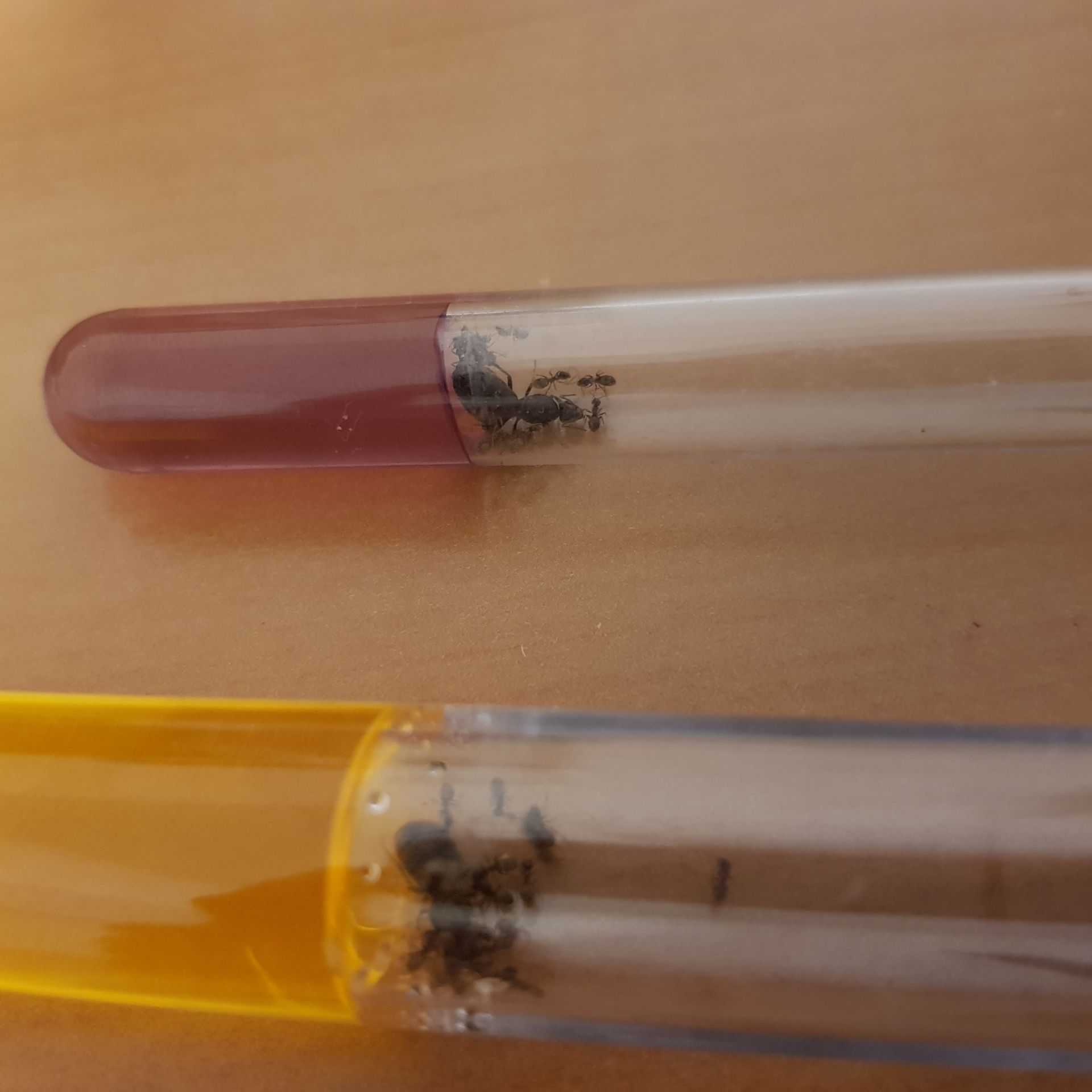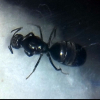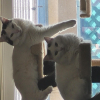Nice post! This is the stuff I like!
This week I had 4 or 5 Formica fusca broodless queens dying on me. If they were still alive or this post was written before, they would be good candidates for this test.
I know gelatin has been ruled out of the test and I might be late to the party regarding this.
I'd just like to add some little things about gelatin's composition regarding sugar contents.
My degree was on photography, and I focused on historical pre-industrial photographic chemistry before the commercial ready made black&white point-and-buy stuff.
This included working around with liquid photographic emulsions, including gelatin for its preparation.
I was like the mad scientist of gelatin and I miss those times, so anything related to it still sparks some joy.
So I've been mostly out of the photography lab for about a decade now and, writing from Portugal (Europe), the chemistry supply for average Joes (me's one now) has almost entirely crashed in 2008 and double crashed now with Covid.
So regarding gelatin I can only get it on the supermarket shelves. (the good thing is that supermarkets are everywhere and there are no circulation restrictions anymore) But can't even find bulk 1Kg jars anymore, just the little packs.
They come in "neutral" gelatin (with 86% protein and no sugars*) or the desert type with gelatin, sugar, artificial flavors and colorants added (with ~87% sugars and ~11% protein).
* (I don't trust the neutral gelatin nutritional declaration, since it has 86% protein, zero % on everything else declared (lipids, sugars and salt, assuming rounded down to), and that does not add up to 100%, and no declaration whatsoever of what should be the remaining 14%)
Keeping in mind that, as already said above, gelatin with added sugar isn't good for the ants to sort out the needs of proteins and sugars for themselves, their larvae and their queen.
But the neutral gelatin, although nutritionally incomplete and with a short life without going bad, it might be a short run emergency protein solution for, lets say, the colder raining days and for established colonies (please let me know if not!).
Right now I'm relying on frozen fruit flies since they aren't around my walls anymore with the colder damper weather I'm having this week.
Down below is a list of the amino acids composition of gelatin, it might be interesting to cross this information with what ants need - if there's such information.
(copy + paste from the Wikipedia page about gelatin)
Composition
When dry, gelatin consists of 98–99% protein, but it is not a nutritionally complete protein since it is missing tryptophan and is deficient in isoleucine, threonine, and methionine. The amino acid content of hydrolyzed collagen is the same as collagen. Hydrolyzed collagen contains 19 amino acids, predominantly glycine (Gly) 26–34%, proline (Pro) 10–18%, and hydroxyproline (Hyp) 7–15%, which together represent around 50% of the total amino acid content.[11] Glycine is responsible for close packing of the chains. Presence of proline restricts the conformation. This is important for gelation properties of gelatin.[12] Other amino acids that contribute highly include: alanine (Ala) 8–11%; arginine (Arg) 8–9%; aspartic acid (Asp) 6–7%; and glutamic acid (Glu) 10–12%.
Next, I'll be reading the Why was Formula Blue 100 Discontinued? post. It might contain some interesting answers regarding this. Thanks for linking to it!
Edit: Finished reading it. A must read recommendation for anyone interested in synthetic foods, "supplements" and so on.
Edited by Formiga, September 23 2021 - 8:39 PM.
